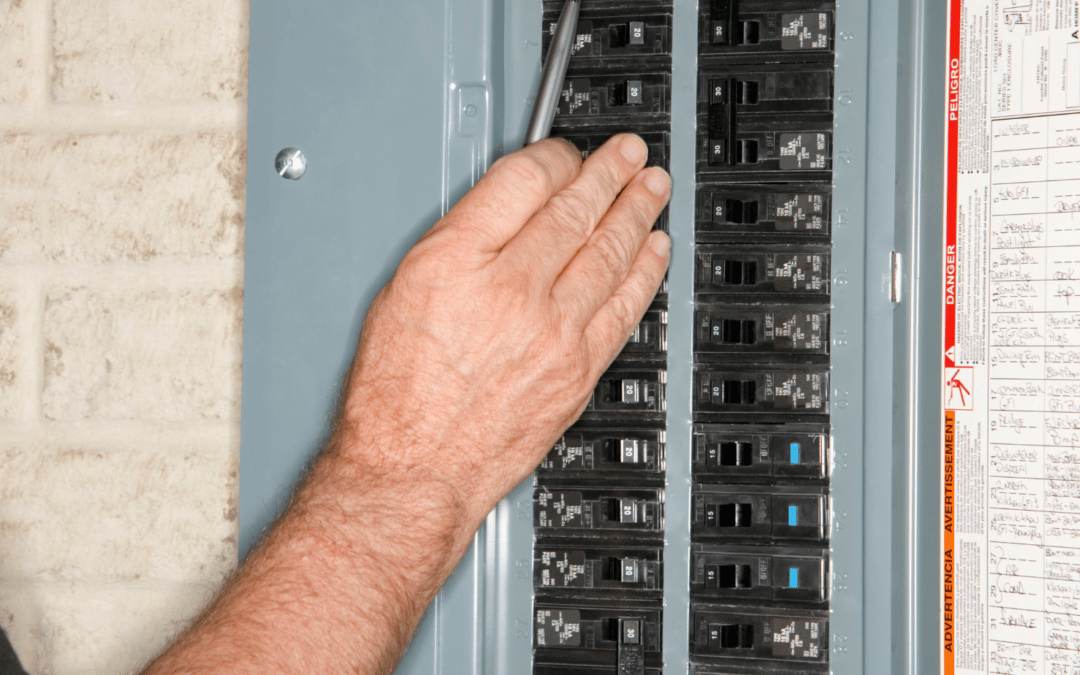Specialized technical support for electrical industry for growth and progress.
Specialized technical support for electrical industry for growth and progress.
Blog Article
Top Tips for Effective Electrical System Troubleshooting
Troubleshooting electrical systems needs a methodical technique, based in a thorough understanding of electrical principles and safety procedures. The nuances of efficient fixing prolong beyond simple technical expertise; recognizing just how to record searchings for and focus on safety and security can significantly influence end results.
Understand the Basics
Understanding the essentials of electric systems is vital for efficient troubleshooting, as a solid foundation allows specialists to identify and deal with problems more effectively. A detailed grasp of electric principles, such as voltage, existing, resistance, and power, is vital in determining the source of problems. Voltage is the electric potential distinction that drives current through a circuit, while resistance opposes the flow of existing, affecting the overall capability of the system.
Familiarity with circuit components, including resistors, capacitors, diodes, and switches, is likewise vital. Each component plays an unique function in circuit behavior and can influence performance when malfunctioning. Furthermore, recognizing series and parallel circuit arrangements is important, as these setups influence the distribution of voltage and present within the system.
Specialists need to be mindful of possible threats, such as shock and brief circuits, to implement risk-free troubleshooting practices. By mastering these foundational concepts, specialists improve their capability to carry out effective diagnostics and repair services, eventually leading to enhanced performance and dependability of electrical systems (electrical system troubleshooting).
Gather Necessary Equipment
Efficient troubleshooting of electric systems calls for the appropriate collection of devices to identify and solve concerns precisely. A well-equipped specialist can significantly enhance effectiveness and effectiveness in recognizing troubles. Vital devices consist of a multimeter, which determines voltage, existing, and resistance, permitting for specific examinations of electric elements. Clamp meters are also valuable for gauging existing without detaching the circuit, guaranteeing safety and convenience.
In addition, insulated hand tools such as screwdrivers, pliers, and wire pole dancers are vital for safely controling electrical links. It is also suggested to have a circuit tester available to validate the existence of voltage in electrical outlets and wires. For even more complex systems, a thermal imaging cam can help find overheating components, showing potential failures.

Follow an Organized Approach
Having actually collected the appropriate devices, the following action in troubleshooting electric systems is to follow a methodical technique. A systematic approach guarantees that specialists can determine faults efficiently and accurately, minimizing downtime and stopping unnecessary repair services.
Begin by assessing the system's schematic diagrams and specs. This includes monitoring each part systematically, starting from the power resource and working towards the load.
Utilize testing devices, such as multimeters and oscilloscopes, to collect unbiased information concerning voltage, current, and resistance at numerous points within the system. This empirical evidence will lead your troubleshooting efforts and aid to confirm or eliminate potential reasons for failing.
Furthermore, take into consideration environmental factors that might affect the system's performance, such as temperature level fluctuations or moisture access. A comprehensive assessment of electrical wiring, connections, and parts will make sure that all possibilities are represented.
File Your Findings
Comprehensive paperwork is essential in the troubleshooting procedure of electric systems. Exact documents boost the visit here effectiveness of recognizing persisting issues and facilitate interaction amongst staff member. Each finding should be diligently noted, including signs and symptoms observed, examinations conducted, and the results of those examinations. electrical system troubleshooting. This practice not only aids in recognizing the source of the trouble but also works as a referral for future troubleshooting efforts.

In addition, keeping a log of parts replaced or fixings done you could try here is very useful. This details supports supply administration and can help assess the long life and dependability of specific parts.
Inevitably, the documents process ought to be extensive yet concise, allowing simple access and evaluation - electrical system troubleshooting. By focusing on in-depth documents, professionals can develop a useful knowledge base that not just aids in existing troubleshooting yet also encourages future maintenance initiatives, thus improving general system reliability

Prioritize Security Measures
Acknowledging the inherent dangers connected with electrical systems is crucial for making certain safety during troubleshooting. Electric shock, burns, and equipment damage are simply a few of the possible risks that technicians deal with. Focusing on precaution is not just a lawful obligation however additionally a moral critical that safeguards both the specialist and the surrounding atmosphere.
Prior to starting any kind of troubleshooting task, specialists must wear proper individual protective equipment (PPE), including insulated gloves, shatterproof glass, and flame-resistant garments. Making certain that the workspace is dry and without mess Read More Here can significantly decrease the risk of accidents. Additionally, it is essential to de-energize circuits prior to starting any kind of job, validating that they are not live via making use of a multimeter or voltage tester.
Developing clear communication protocols with staff member is also vital; this ensures that everyone is mindful of possible risks and the status of the electric system being worked on. Having an emergency situation reaction plan in location can verify vital in the event of an incident. By focusing on safety and security steps, service technicians can efficiently mitigate threats and promote a safer office.
Verdict
Reliable electric system troubleshooting depends on a thorough understanding of fundamental concepts and a systematic approach. Prioritizing security actions makes sure the well-being of individuals included and the stability of the electric system.
Report this page